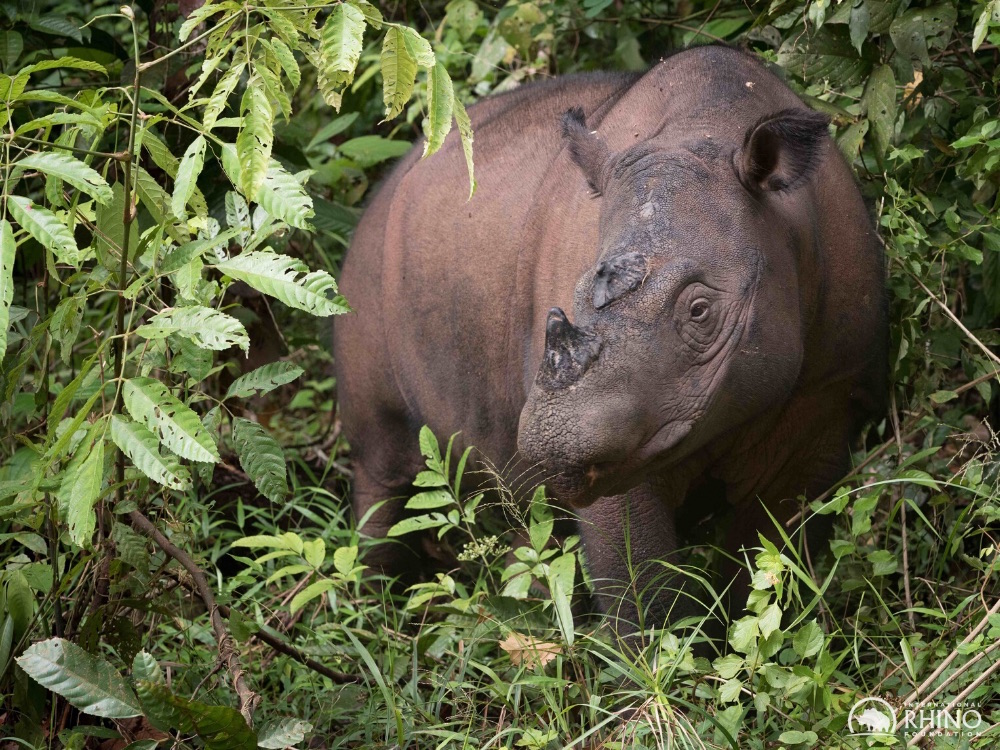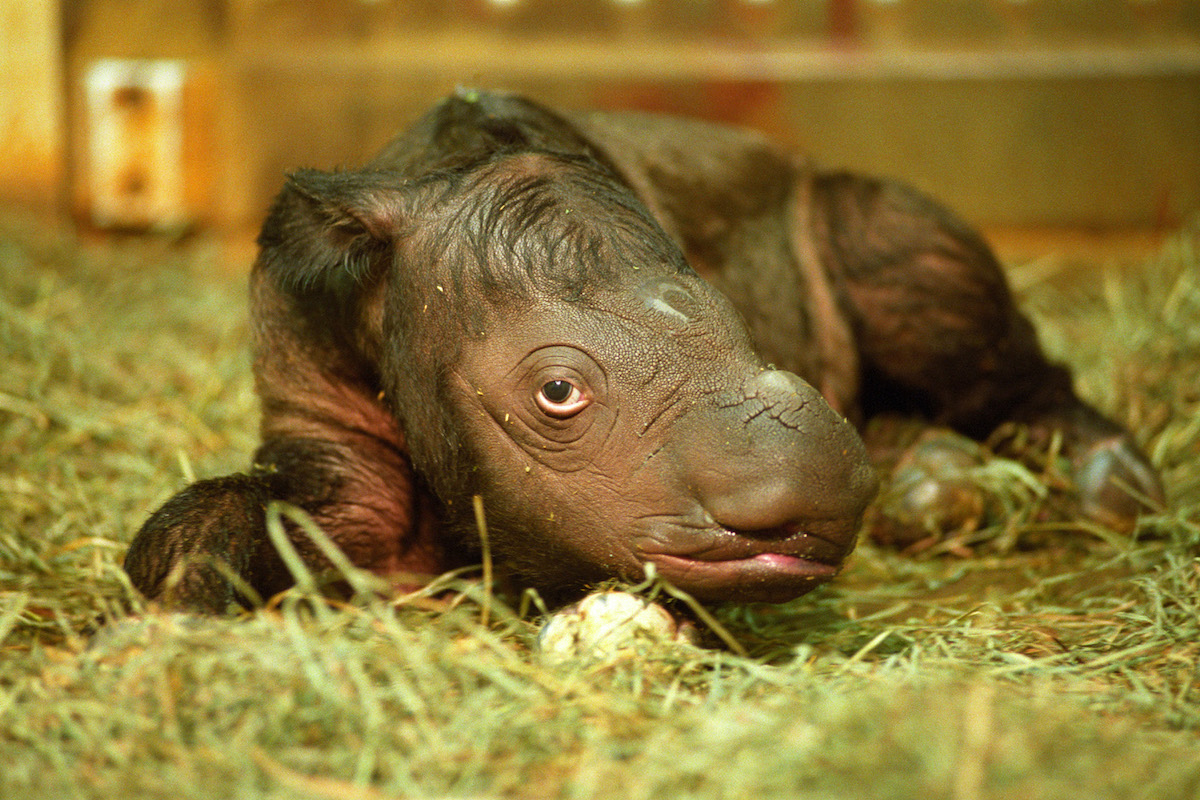- The newly described Palawanosorex muscorum, or the Palawan moss shrew, is known to live only near the peak of Mount Mantalingajan on Palawan Island in the southern Philippines.
- The shrew has a stout body and broad forefeet with long claws, which it uses to dig through humus on the forest floor to look for earthworms.
- The moss shrew has no close known relatives in Asia, and how it came to live on Mount Mantalingajan is a mystery, researchers say.
Scientists have described a new species of shrew that’s known to live only near the top of Mount Mantalingajan, the highest mountain on Palawan Island in the southern Philippines.
The animal was first spotted in 2007 by the late Danilo “Danny” Balete, a Filipino scientist and research associate at the Field Museum in Chicago, U.S., when his team was surveying the mountain’s biodiversity. But they could not identify the species. Now, Balete’s collegues have confirmed that the shrew found near the mountain’s peak is not just a new species, but belongs to an entirely new genus.
The shrew, dubbed Palawanosorex muscorum, or the Palawan moss shrew, has a stout body and broad forefeet with long claws, which it uses to dig through humus on the forest floor to look for earthworms, the researchers report in a new study published in the Journal of Mammology. The shrew also has a short tail covered by short, dense fur. By contrast, the Palawan shrew (Crocidura palawanensis), another species that’s endemic to the Philippines, has a slender body, slender feet and a very long tail covered with long bristles.
So far, the tiny, gray Palawan moss shrew has been spotted only in forests close to the peak of the 2,086-meter-tall (6,844-foot) Mount Mantalingajan, between elevations of 1,550 to 1,950 meters (5,085 to 6,398 feet). In fact, the shrew is one of three mammal species that are known to occur only on Mount Mantalingajan, and nowhere else. The other two species are the Palawan montane squirrel (Sundasciurus rabori) and the Palawan soft-furred mountain rat (Palawanomys furvus).
“There are entire countries that don’t have three unique mammal species — so for there to be three species on one mountain, on one island, in one country is really something,” Lawrence R. Heaney, Negaunee curator of mammals at the Field Museum in Chicago, said in a statement.
The reason for Mount Mantalingajan’s rich biodiversity, the researchers say, is that it’s a “sky island” — an isolated mountain that’s very different from the surrounding lowlands, creating unique habitats for animals and plants to flourish in.
“There could be many new species on these high mountainous regions in the Philippines, but because they are so high, and hard to get to, knowledge of their existence is awfully limited,” Heaney said.

How the Palawan moss shrew came to live on Mount Mantalingajan, however, is still a mystery, the researchers say.
The team estimates that the Palawan moss shrew split evolutionarily from its closest known relatives some 10 million years ago. Mount Mantalingajan and other Palawan high peaks, however, began rising above sea level no more than 5 million years ago, reaching their current elevations more recently, the authors write.
“Given this history, it seems unlikely that P. muscorum occurred on Palawan before 5 Ma [5 million years ago] and may have arrived much more recently,” the authors add.
The researchers speculate that Palawanosorex came to Palawan via Borneo within the last few million years.
“We hypothesize that Palawanosorex reached Palawan from Borneo during one of the periods of Pleistocene low sea level, when the 2 islands either were joined by a continuous land bridge or were separated by only a narrow channel,” the team writes. “If this was the case, a living relative may yet be found on Borneo or other nearby area. Given that shrews are currently rather poorly sampled on Borneo, especially at high elevation, we recommend that comprehensive surveys be conducted.”

Much of the Palawan moss shrew’s habitat is currently undisturbed by human activity. And the researchers hope that it will stay this way, especially since Mount Mantalingajan functions as an important watershed, regulating water flow in Palawan.
Sky islands “are where most of the water comes from that people in the lowlands depend on,” Heaney said. “If you want to protect your watersheds, you’ve got to protect your habitats.”
Citation:
Hutterer, R., Balete, D. S., Giarla, T. C., Heaney, L. R. & Esselstyn, J. A. A new genus and species of shrew (Mammalia: Soricidae) from Palawan Island, Philippines. Journal of Mammology. DOI:10.1093/jmammal/gyy041.














